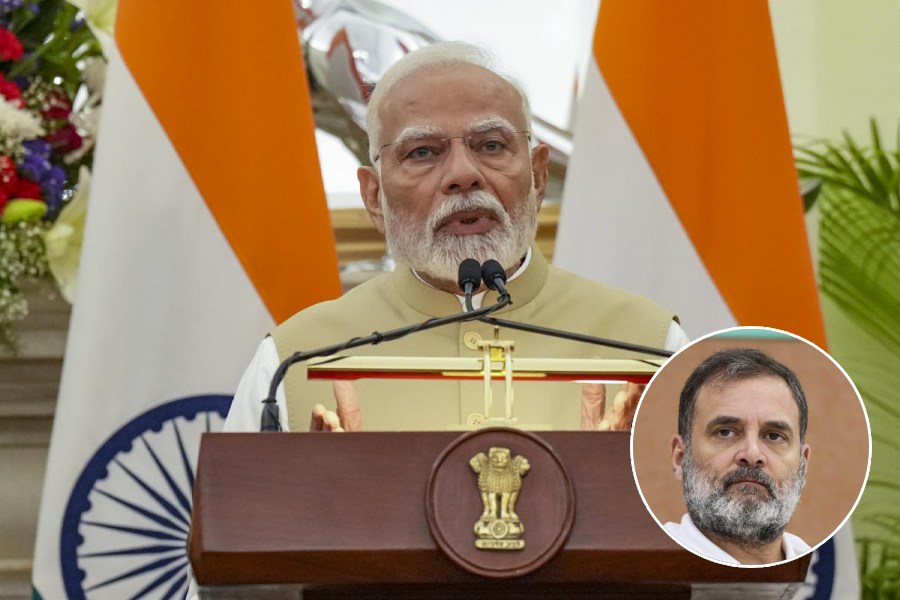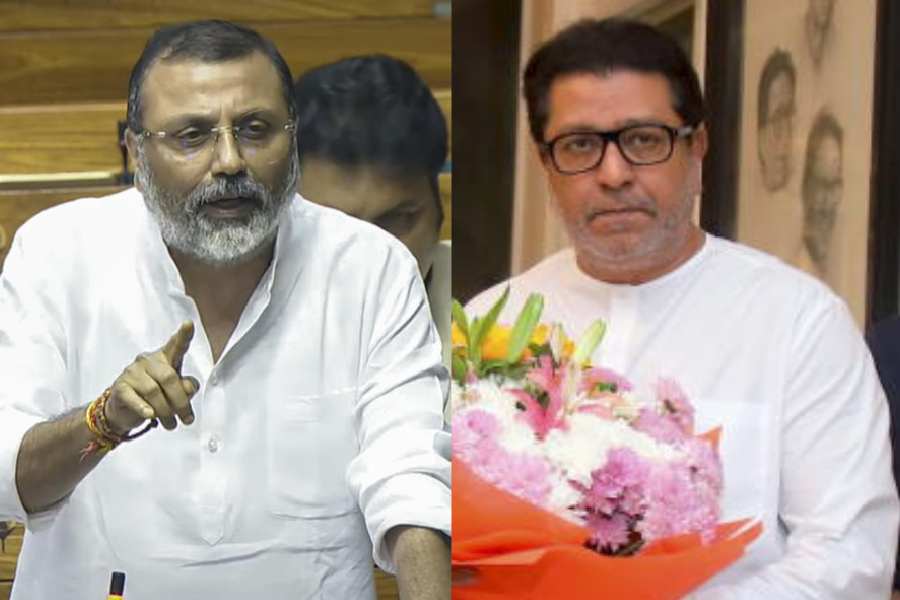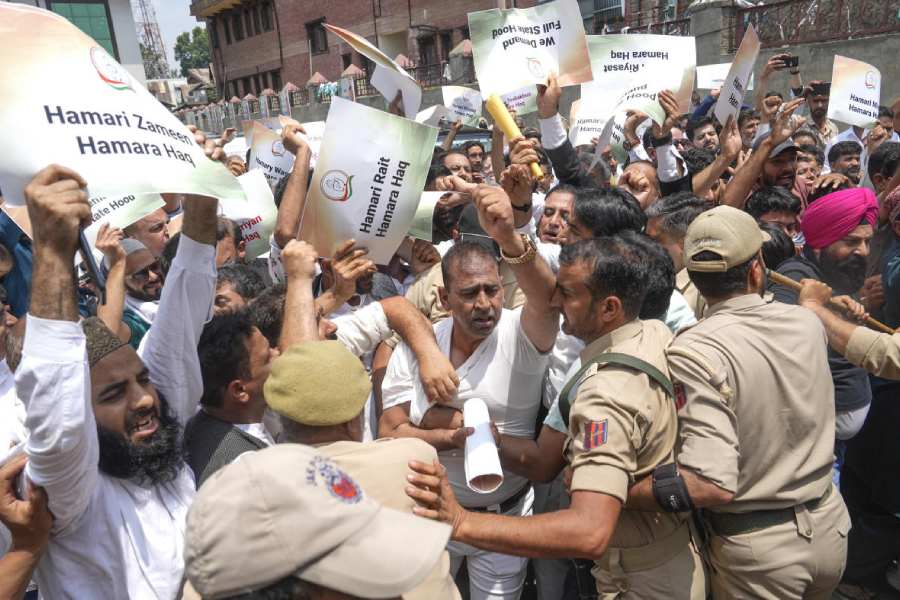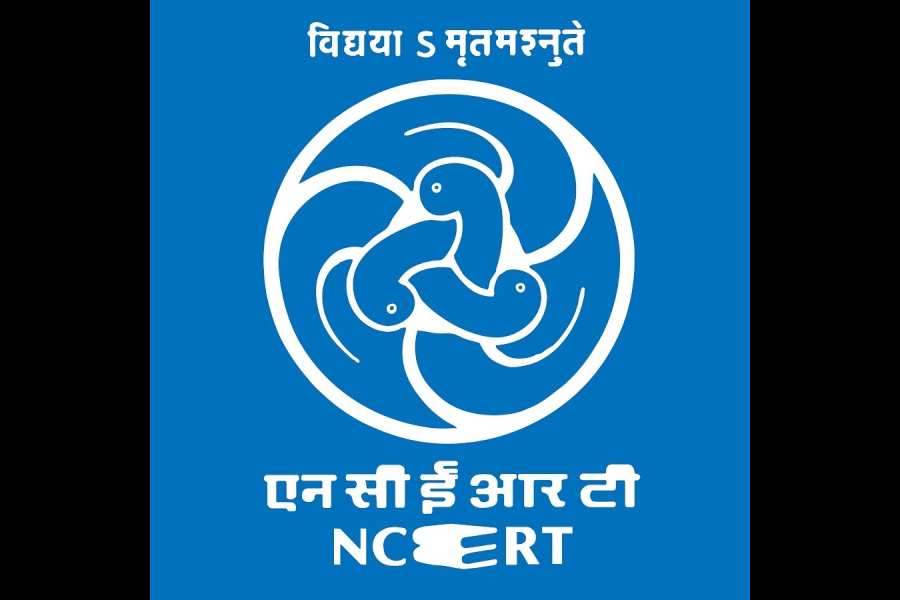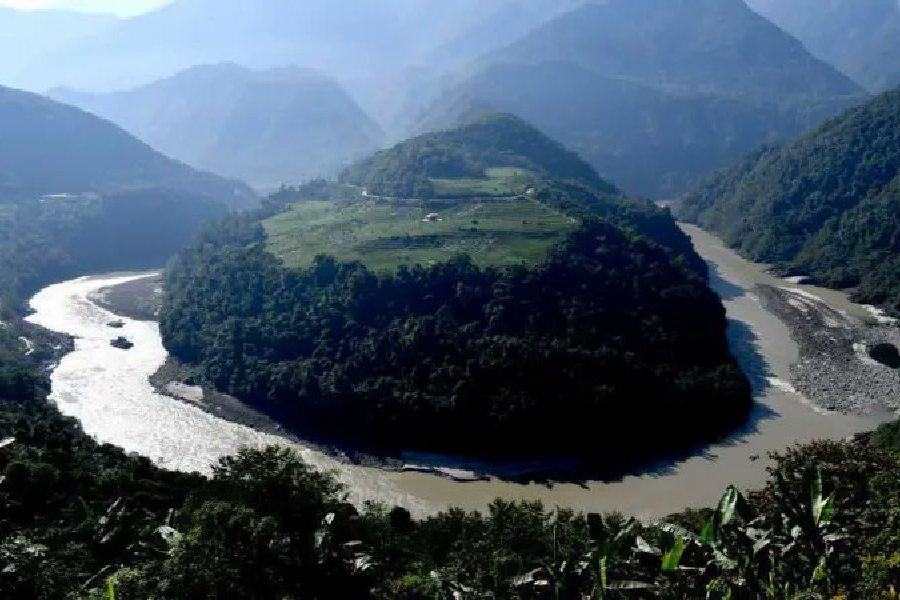
Clue 1: Sachin Tendulkar’s 2014 autobiography Playing It My Way becomes the bestselling adult hardback across fiction and non-fiction categories, beating heavyweight hardbacks like Dan Brown’s Inferno, Walter Issacson’s Steve Jobs and J.K. Rowling’s The Casual Vacancy.
Clue 2: During a recent t2 chat, John Makinson, the chairman of Penguin Random House India, mentions that serious hardcover non-fiction has an increasing readership in India and “Rs 899 is not an impossible price point for a hardcover book” now.
Clue 3: A spike in the number of non-fiction titles arriving in the mail for the t2 Books team.
Well, you might say the first owes itself to the magic of the Master Blaster and the third is mere observation, so we asked around some more. The discerning Indian is indeed warming to serious reading in the non-fiction category, from true crime to biography, history to politics. Plus, self-help, management, health and wellness.
“We have seen a strong interest in sales of non-fiction titles over the last 12 months, across a range of topics. From Avirook Sen’s hard-hitting Aarushi to Shilpa Shetty Kundra and Luke Coutinho’s chart-topping The Great Indian Diet, there has been a real breadth of titles,” says a spokesperson for Penguin Random House India.
Calcutta girl Diya Kar Hazra, who recently moved from Bloomsbury India to Pan Macmillan India as publisher, agrees. “Both writers and readers are interested in exploring a wider variety of subjects. There’s been a surge in reportage and politics, interesting biographies, while self-help and MBS (mind-body-soul) continue to thrive.”
Fixation with fiction
Writer-historian William Dalrymple is happy that non-fiction is finally coming into its own in India. “In the western market, non-fiction has always been the dependable genre, while fiction has been more dependent on whether you have won a big prize like the Booker or Pulitzer or not. But one of the oddities of the Indian market was that it was fiction-obsessed! There were no major works of non-fiction coming out in English in India,” he says.
“There were very big names in fiction, like Salman Rushdie, Amitav Ghosh and Arundhati Roy, but in non-fiction, they were only imported titles or self-help. Then came Suketu Mehta’s Maximum City (in 2004), my generation’s landmark non-fiction book,” says the author of non-fiction bestsellers like White Mughals, The Last Mughal and City of Djinns. A Scotsman, Dalrymple has made India his home for the past 30 years.
Today, he feels, there are many more Indian writers of non-fiction who enjoy a large readership.
Enter, narrative non-fiction
While history is an important component of what booksellers call “typical non-fiction”, Dalrymple points out that till very recently, Indian history writing was all academic, while narrative non-fiction, which is huge in the West, was missing.
“There is almost always one Indian name among the Booker nominees every year. But look at the Samuel Johnson Prize, the non-fiction equivalent in the UK. I have been nominated four times, though I have never won it. Ram Guha was longlisted once and last year Samanth Subramanian was shorted for This Divided Island: Stories from the Sri Lankan War, which is really, really good.”
Raghu Karnad, whose debut book Farthest Field: An Indian Story of the Second World War everyone’s talking about, feels the growing interest in non-fiction in India is coming at the cost of fiction. “I was looking at the programme for Penguin’s annual festival in Delhi, Spring Fever. I was surprised. It was 50 per cent non-fiction writers, and 50 per cent film stars talking about their yoga or parenting books. There wasn’t a single novelist, or fiction writer of any kind, at the festival.”
He says the recent vitality surrounding non-fiction “is obvious on prize shortlists, in bookshops, and in anthologies”, including Granta’s second India edition last year. Karnad’s own book has been shortlisted for the Hessell-Tiltman Prize awarded by the English PEN.
But the trade developments, for him, are bittersweet. “Yes, it’s a great time to be a writer who works in non-fiction, there’s a lot of interest and a lot of support. That’s good news for me as a writer. But novels are what I personally like reading most, so this dwindling of Indian fiction, that’s bad news for me as a reader.”
The tricky question...
Non-fiction may be doing very well, but not all non-fiction, mind you. Identifying what kinds of non-fiction the Indian reader wants at the moment is the trick for booksellers.
According to Kinjal Shah, the managing director of Crossword Bookstores, “because of general elections in India (in 2014) many titles were released based on politics. Biographies and autobiographies of popular personalities have started doing well because of exposure in the media as well as social media. Many celebrities have started writing about their own expertise or their experiences, which creates a buzz in the market.”
“I think a charged political climate also creates a certain demand for making more sense of the headlines and non-fiction does serve that need for information and context,” says Basharat Peer, the writer of the hugely successful 2010 title Curfewed Night: A Frontline Memoir of Life, Love and War in Kashmir. And he doesn’t think “books work because a publishing category describing them is thrown about a lot.”
Another oddity — to borrow Dalrymple’s term — of the Indian market, it appears, is that books on mythology sell in the “non-fiction” category and account for a large percentage of sales.
Sidharth Pansari of Story Bookstore on Elgin Road says that many people pick up books on mythology as much for history as for entertainment. The bulk of non-fiction sales is dependent on history, biographies, autobiographies, India, religion and mythology. “This is what we call typical non-fiction. The rest of the 150 categories of non-fiction don’t do well anymore.” Like interior designing, architecture, certain hobbies, encyclopaedia, travel guides, even some business mantra kind of self-help books. Anything that’s available better and more easily on the Internet is taking a hit.
Gautam Jatia of Starmark adds that people are turning to Tripadvisor and other travel websites rather than bulky travel books. “Slimmer travel books, like say ‘Top 10 things to see in London’, which costs about Rs 200 might work better than a comprehensive UK travel guide,” he says.
Coffee-table corner
Shah of Crossword adds that while the reference category — dictionaries, encyclopaedia, travel guides — have shown “sales de-growth” because of handy information available online, “sales of architecture and interior designing books have grown in stores where we are able to create a destination.”
“The look and feel of the store is important,” he says, and added that Crossword is focusing on reviving coffee table categories like art-architecture, interiors and photography by creating corners inside their flagship stores. These have seen a positive response, he said.
Fiction
1. Our Impossible Love by Durjoy Datta
2. Life Is What You Make It by Preeti Shenoy
3. To Kill a Mockingbird by Harper Lee
4. The Girl on the Train by Paula Hawkins
5. The Old Man and the Sea by Ernest Hemingway
6. The Kite Runner by Khaled Hosseini
7. The Immortals of Meluha by Amish
8. Everyone Has a Story by Savi Sharma
9. Half Girlfriend by Chetan Bhagat
10. Cometh the Hour by Jeffrey Archer
Non-fiction
1. Who Will Cry When You Die? by Robin Sharma
2. The Power of Your Subconscious Mind by Joseph Murphy
3. The Alchemist by Paulo Coelho
4. Think and Grow Rich by Napoleon Hill
5. Wings of Fire: An Autobiography by A.P.J. Abdul Kalam
6. Rich Dad Poor Dad by Robert T. Kiyosaki
7. The Secret by Rhonda Byrne
8. How to Win Friends and Influence People by Dale Carnegie
9. The Great Indian Diet by Shilpa Shetty Kundra and Luke Coutinho
10. Mrs Funnybones by Twinkle Khanna
Children’s & Young Adult
1. Kingdom of Fantasy: The Phoenix of Destiny by Geronimo Stilton
2. The Fault in our Stars by John Green
3. The Race Against Time: The Third Journey Through Time by Geronimo Stilton
4. Diary of a Wimpy Kid by Jeff Kinney
5. Peppa Pig: Little Library by Ladybird
6. Harry Potter and the Philosopher’s Stone by J.K. Rowling
7. Kingdom of Fantasy: The Enchanted Charms by Geronimo Stilton
8. Harry Potter and the Chamber of Secrets by J.K. Rowling
9. You Are Born to Blossom by A.P.J. Abdul Kalam
10. Twilight by Stephenie Meyer


